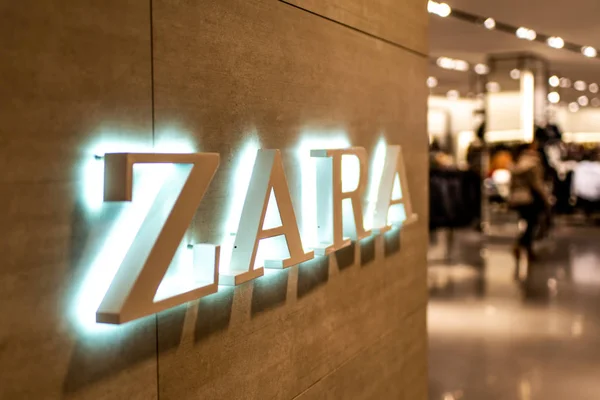
Cenomi Retail, one of Saudi Arabia’s leading retail partners, has unveiled a newly revamped Zara store in Riyadh’s Al Nakheel Mall, the kingdom’s most innovative shopping destination.
The newly reopened store spans over 3,000 square metres, making it the largest Zara outlet in Saudi Arabia and one of the biggest in the MENA region. Located on the ground floor of the mall, the store integrates the latest technological advancements, merging Zara’s online and in-store shopping experience seamlessly.
Salim Fakhouri, CEO of Cenomi Retail, shared his excitement about the expansion: “It has been expanded to an impressive over 3,000 sqm of commercial surface and is now the largest Zara store in the Kingdom of Saudi Arabia and one of the biggest in the Mena region.” He went on to highlight how this move reflects the overall growth of the Saudi retail sector, which is valued at SAR 682 billion and is expected to grow by an average of 5.3% annually until 2028. “This expansion aligns with the progressive growth of the retail sector in the kingdom of Saudi Arabia,” he added.
The new store design focuses on providing a more immersive shopping experience, blending physical and online shopping for the convenience of customers. It also boasts several innovative spaces, including a dedicated boutique area for Zara’s newborn collection and an exclusive section for footwear and accessories, offering personalized assistance to shoppers.
Fakhouri also highlighted the store’s commitment to sustainability and energy efficiency. “As part of Zara’s commitment to efficient store design, construction and management, the store has some of the most advanced energy-efficiency systems available,” he said. These systems include advanced heating and cooling solutions, energy-saving LED lighting, and the use of eco-friendly materials, all aimed at reducing the environmental impact of the store’s operations.
Additionally, the store is connected to Inditex’s Inergy platform, which helps monitor and optimise energy use. This platform tracks the consumption of air conditioning and electricity, enabling the store to enhance its systems’ efficiency, improve maintenance, and identify strategies to further reduce energy demand.

